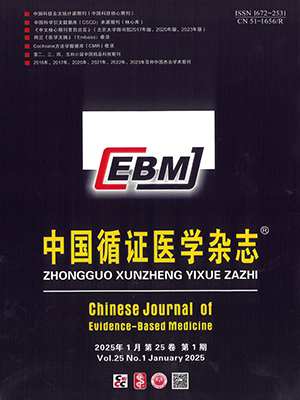Objective To understand the current situation of Chengdu primary health workers’ performance baseline, and to provide decision-making proof and policy recommendations for Chengdu Coordinated and Balanced Urban-rural Development as well as improve primary health workers’ performance in China. Method See the second study in this series. Result The number of the patients of the Chengdu seven Rural Hospitals / Centers showed a trend of slow increase, and all was higher than the national rural hospital average level except the 2 most remote rural hospitals(“Renhe” and “Bailu”). The seven Rural Hospitals / Centers could provide data about the “Six in One” work, and the performance was generally better than that of the world and the national average level , but showed a decreasing trend from the first circle to the third circle in Chengdu. The rate of patients’ satisfaction and very satisfaction for the Rural Hospitals / Centers “Six in One” work reached 65%-80%, but the rate of health workers’ job satisfaction and very satisfaction only reached 9%-46%, and also showed a decreasing trend from the first circle to the third circle. Conclusion The Chengdu primary health workers provide “Six in One” health service with a higher quality than the world and the national average levels. However, the number of the workers is less than enough; the human managerial structure is irrational; the educational and professional levels are low; their treatment and the work environment are poor. The distribution density , the academic qualification and the structure rationality of professional ranks of health personnel show a decreasing trend, and the difficulty of the service is gradually increasing from the first circle to the third circle, which causes the satisfaction rate of the workers’ job to decrease gradually from the first circle to the third circle. Suggestion: ① To make special performance assessment standard for special health institutions or personnel, and to give the continual oriented training chance for current health personnel. ② To integrate the regional health resources; to establish long-term and stable regional bilateral appointment help policy, technical and rational two-way referral system and indicator systems. ③ To take measures to solve the problems affecting the professional promotion and improvement of the grass-root health personnel.
Citation: JING Yuanyuan,FANG Rui,LI Youping,WEN Jin,MENG Yue,YUAN Zhifang,MAO Xiu,YU Jiajie,ZHOU Bangming,YANG Xiaoyan,YANG Wei,YANG Xiaoguang,LIU Peiyi,FAN Meng,LIN Dadong,LV Lan,ZHOU Yaguang. A Survey on the Current Situation of Human Resource Performance of Chengdu Rural/Community Health Service Systems: A Pilot Study (Part IV). Chinese Journal of Evidence-Based Medicine, 2008, 08(9): 757-765. doi: 10.7507/1672-2531.20080171 Copy
Copyright © the editorial department of Chinese Journal of Evidence-Based Medicine of West China Medical Publisher. All rights reserved




